Action
Let’s go katteylhi fishing in Fuvahmulah

By Maldives Holiday Homes. If you are looking for budget, island-style accommodations, and want to also experience life in the island communities, MaldivesHolidayHomes.com is the ideal site for you.
Action
Niyama Private Islands enhances surf lifestyle with stylish new surf venue
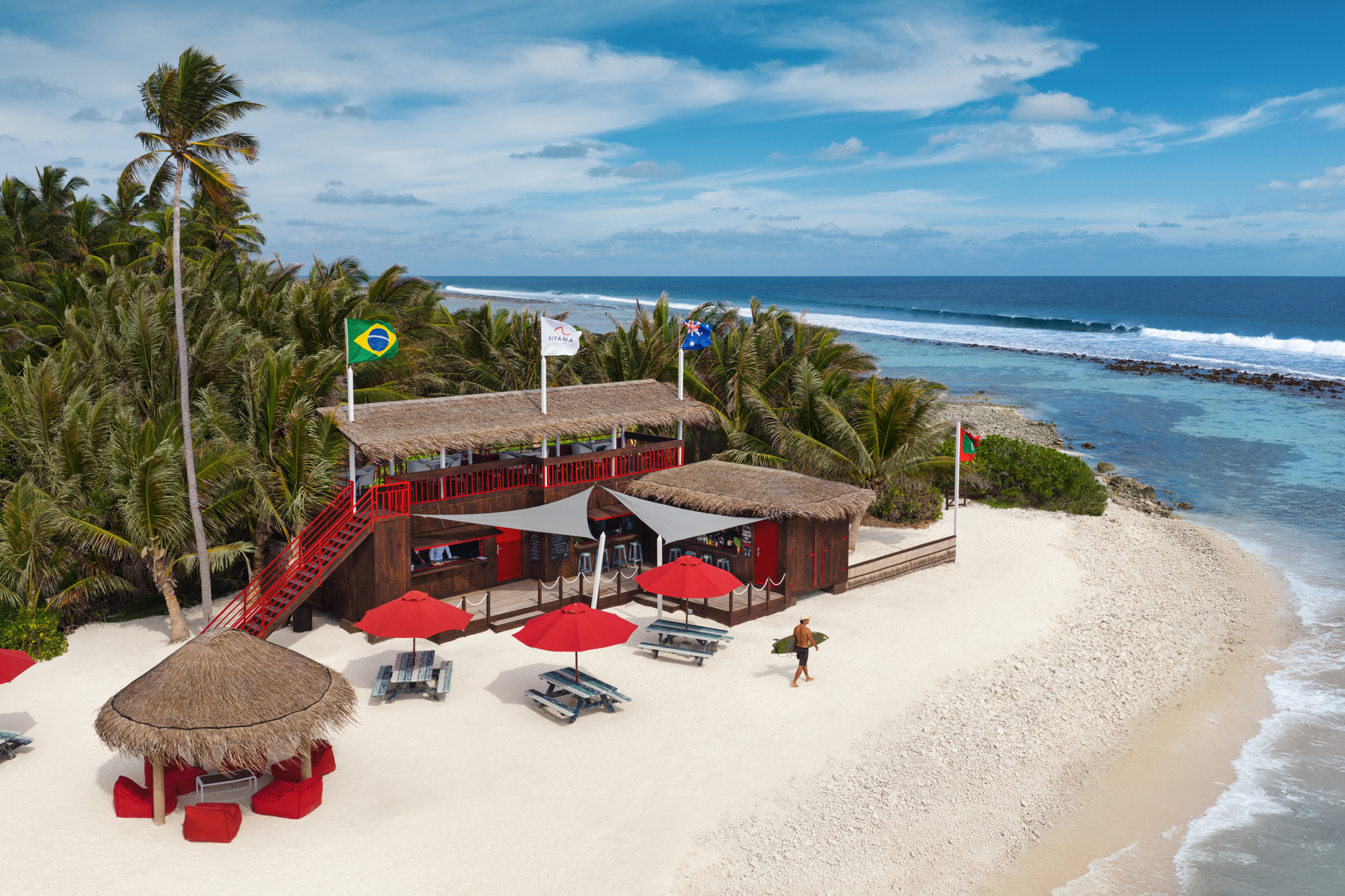
Niyama Private Islands Maldives now offers what is considered the most luxurious surf experience in the Maldives, enhanced by the introduction of its new Surf Shack — a stylish beachfront hangout serving gourmet bites, drinks, sunset views and lively parties.
Known as Nature’s Playground, the resort has long attracted surf professionals from around the globe. Located in the southern Maldives, where swells are at their strongest, it is a preferred base during peak surf season. Waves break directly on shore, with additional surf spots accessible within minutes by speedboat.
Niyama’s signature waves roll in at Vodi Point, situated on the westernmost tip of its twin islands. It is here that the resort has unveiled the new Surf Shack, designed to make time off the waves equally appealing. The thatched-roof venue encourages a barefoot, relaxed atmosphere, offering an upper deck for sunset viewing and picnic-style seating below. Reflecting Niyama’s sustainability ethos, Area Chief of Engineering Michael Patrick Slevin notes that 75 per cent of construction materials were repurposed, blending beach casual with environmentally conscious design.
Guests can enjoy gourmet dishes served from service windows, with a menu inspired by iconic surf destinations worldwide: Australian fish and chips, Indonesian satay, Mexican nachos and Japanese takoyaki. The drinks list pays tribute to rum, featuring an extensive collection and signature cocktails inspired by renowned surf breaks.
While the Surf Shack maintains a laidback feel during the day, the beachfront transforms at dusk as the tides shift and the DJ elevates the atmosphere. The resort’s rum and reggae Sundays have already become a celebrated weekly event.
Surfers at Niyama can design their days as they wish — chasing waves or relaxing ashore. The Surf Centre offers equipment and guidance, while Drift by Niyama provides recovery treatments to soothe muscles, repair sun-exposed skin and restore energy. Resident professional surfers remain available to advise on technique and wave conditions.
“The new Surf Shack forms part of the renewed Niyama experience, which includes significant refurbishments across the resort, inventive culinary additions and a greater emphasis on active living and wellness,” said Hafidh Al Busaidy, General Manager of Niyama Private Islands Maldives. “With more developments on the way, we look forward to sharing what comes next.”
Action
Reethi Faru Resort hosts Magda Linette ahead of new tennis season
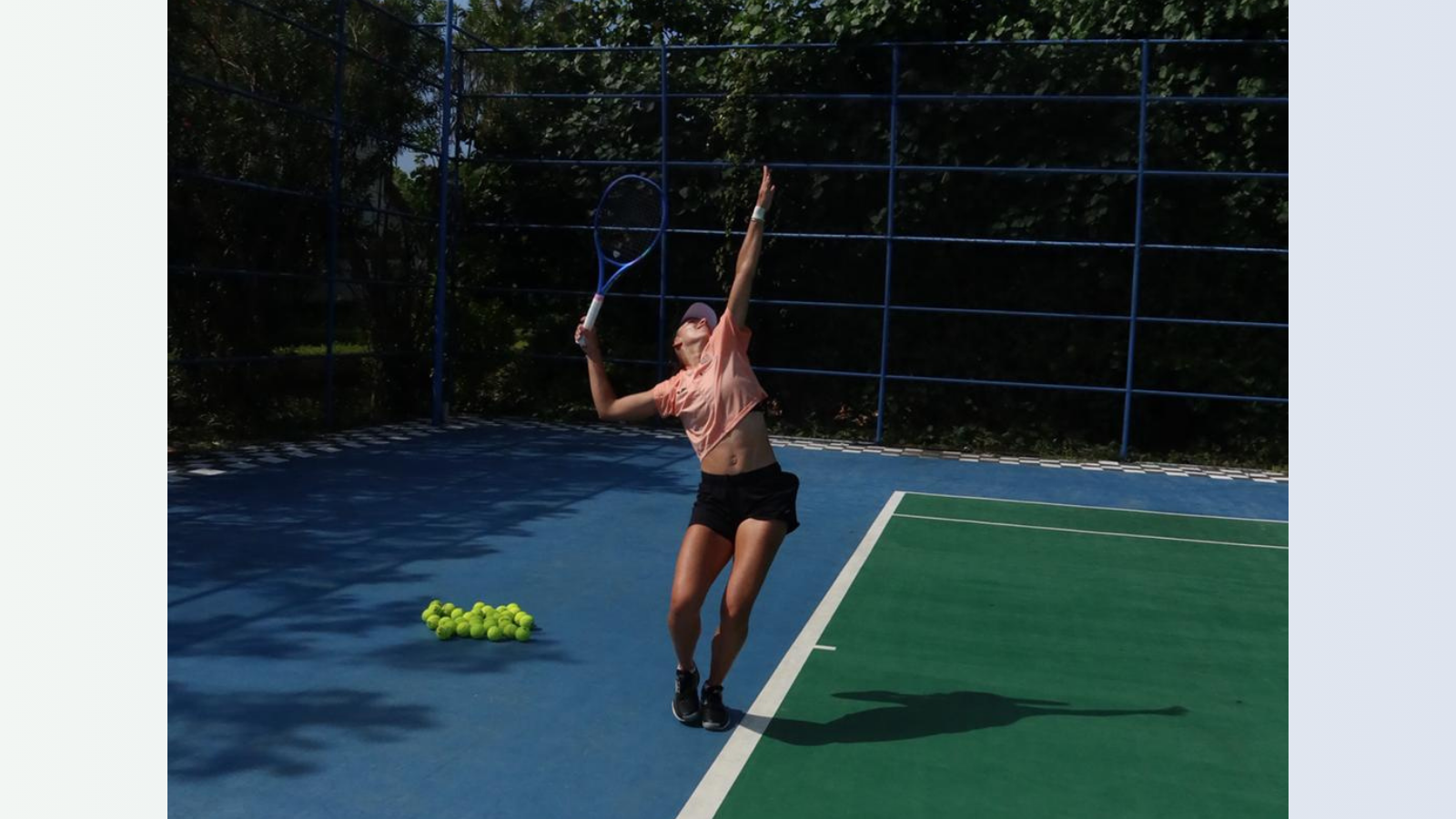
Reethi Faru Resort recently welcomed Magda Linette, a Top 20 professional tennis player, who selected the island resort as her training retreat while preparing for the Australian Open and the forthcoming tennis season. Away from the competitive spotlight, Linette utilised the resort’s private and tranquil setting, where expansive beaches, clear lagoon waters, and discreet luxury provided an environment conducive to both focused preparation and recovery.
Throughout her stay, Linette combined intensive training sessions with periods of rest, making use of the resort’s calm surroundings and seclusion. The natural setting of the Maldives offered an effective backdrop for physical conditioning and mental focus, supporting her preparations ahead of the season’s first Grand Slam tournament.
Known for its emphasis on privacy, understated luxury, and an authentic island atmosphere, Reethi Faru Resort continues to attract elite athletes seeking a destination that supports peak performance while delivering a refined island experience. The resort extended its best wishes to Linette as she progresses through the upcoming tennis season.
Action
A season of discovery at Alila Kothaifaru Maldives
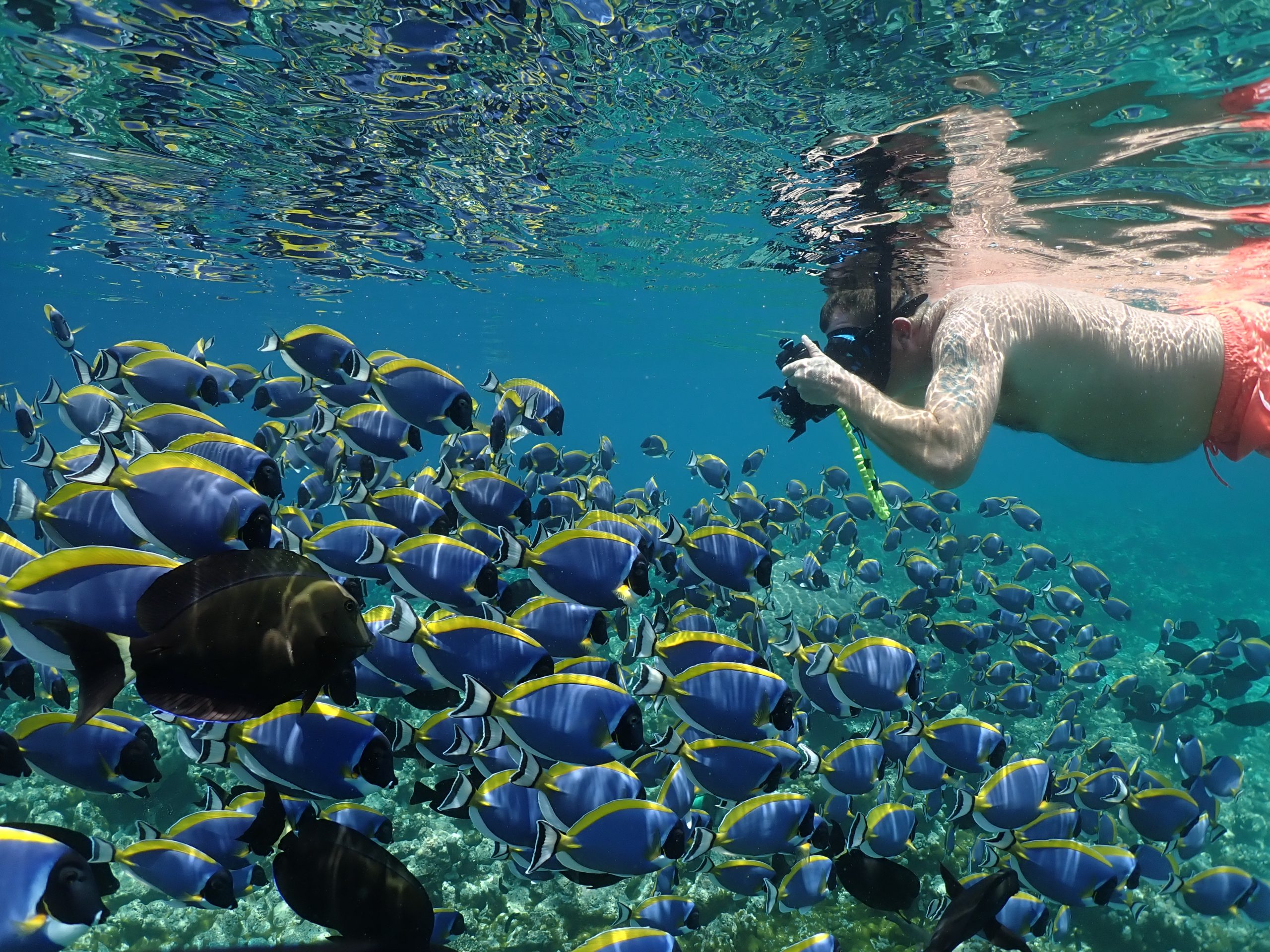
Alila Kothaifaru Maldives continues to offer unforgettable encounters as manta season begins in the Raa Atoll, with recent marine sightings delighting guests and setting an exciting tone for the months ahead. This past week, a large playful group of dolphins cruised very close along the resort’s house reef, while a rare ornate eagle ray was spotted for several days gliding gracefully through the lagoon — remarkable moments that highlight the rich biodiversity surrounding the island.
These encounters are made all the more special by the resort’s commitment to preserving the natural serenity of its marine environment. At Alila Kothaifaru Maldives, sustainability goes beyond words — it shapes every experience offered through the watersports and dive center. By focusing exclusively on non-motorized watersports, the resort helps protect delicate reefs, safeguard marine life, and reduce noise and pollution, ensuring that guests experience the ocean in its purest, most harmonious form.
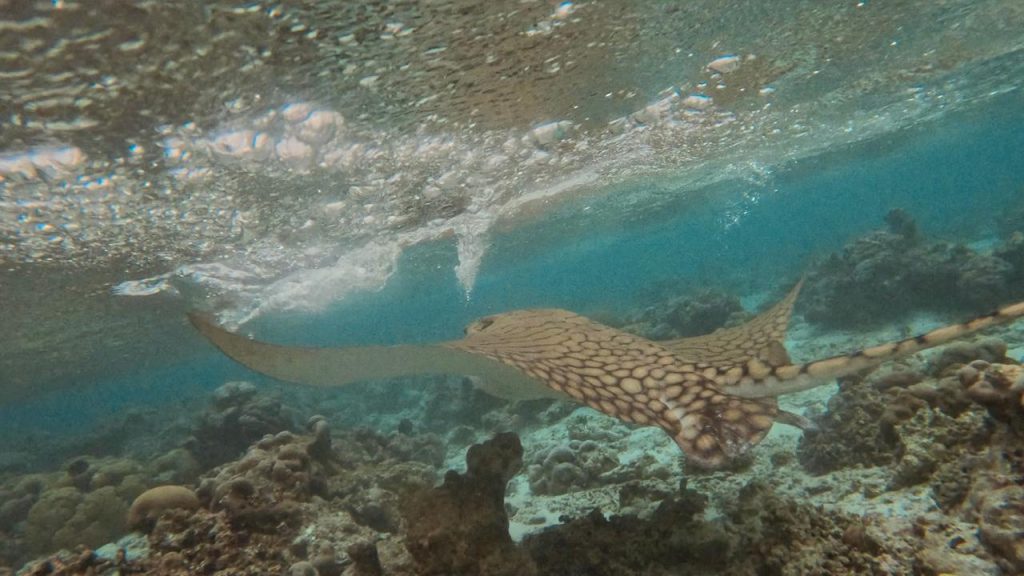
Encounter Majestic Mantas in Raa Atoll
While the resort offers a wide range of aquatic experiences to explore the atoll’s vibrant marine world, now is the ideal time to encounter one of its most majestic creatures – the manta ray. Although mantas can be seen all year round, sightings peak in the Raa Atoll during this season, (December to May) as they migrate in numbers, drawn by plankton-rich waters and multiple cleaning stations.
In the waters surrounding the resort, guests can embark on dive excursions at shallow depths of 10–15 meters, offering remarkable opportunities to see groups of mantas gliding gracefully, as well as observe their social interactions and cleaning behavior. Enriched by the dive team’s insightful storytelling, each experience becomes even more meaningful.
Early morning dives often provide the most rewarding encounters, while beginner and non-divers can enjoy guided private snorkel trips — a peaceful way to witness these gentle giants from the surface.
From kayaking and stand-up paddleboarding to sailing, snorkeling, and diving, every ocean adventure at Alila Kothaifaru Maldives is thoughtfully designed to inspire a deeper connection with the sea while respecting its fragile beauty. This mindful approach ensures that Raa Atoll’s underwater paradise can continue to thrive for generations to come.
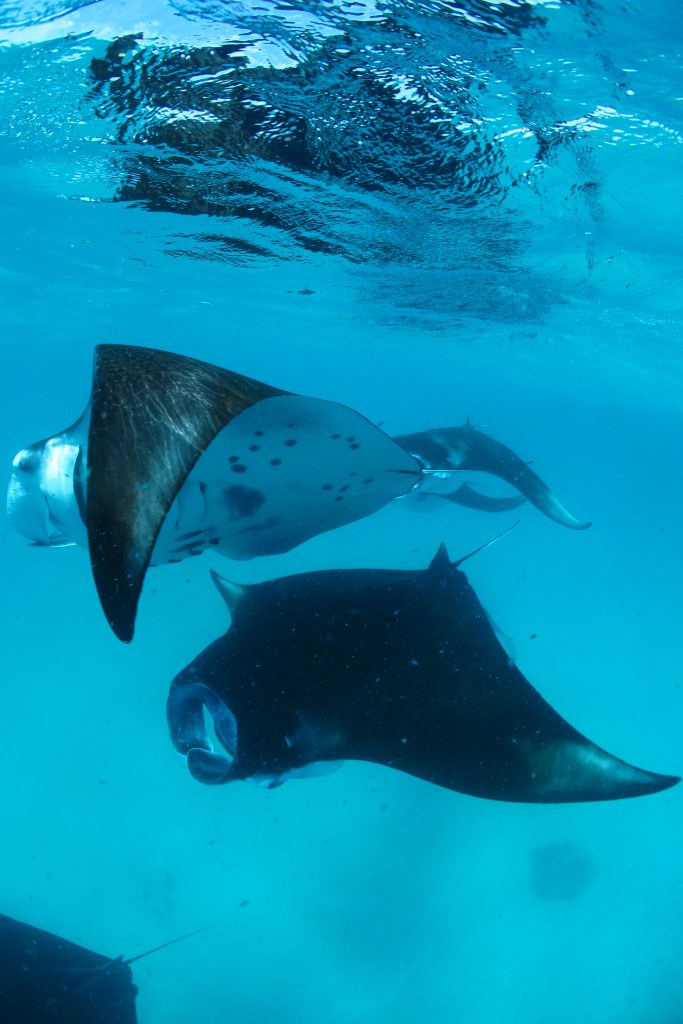
Alila Kothaifaru Maldives Welcomes New Euro-Divers Team
Further enhancing these experiences, Alila Kothaifaru Maldives is delighted to welcome new members to its Euro-Divers team, bringing fresh energy, diverse expertise, and a shared passion for marine conservation to the resort’s in-house dive center.
Hailing from Colombia, Lorena Diaz is an experienced instructor known for her warmth, professionalism, and multilingual skills. Passionate about sharing the underwater world, she has a natural ability to put guests at ease both above and below the surface.
Joining her is Fabio Gerosa from Italy, a certified dive instructor and marine biologist from the University of Bicocca Milano. His scientific background adds depth to every dive, offering guests fascinating insights into marine ecosystems while reinforcing the importance of ocean conservation.
Also part of the team is Yuan, originally from China, who has been diving since 2010 and brings extensive international experience from Egypt, Thailand, the Philippines, Indonesia, Palau, and the Maldives. Having worked with Euro-Divers Maldives since 2017, Yuan loves both pelagic species and tiny ocean creatures, but for her, the true magic of diving lies in the feeling of complete freedom underwater. On land, she enjoys unwinding with a good movie or an engaging story.
Leading the team as Dive Center & Watersports Manager is Igor Semenov, who brings 15 years of experience managing dive centers and watersports operations around the world. A seasoned leader with a wealth of international expertise, Igor is focused on delivering innovative, memorable guest experiences while maintaining the highest standards of safety and environmental responsibility.
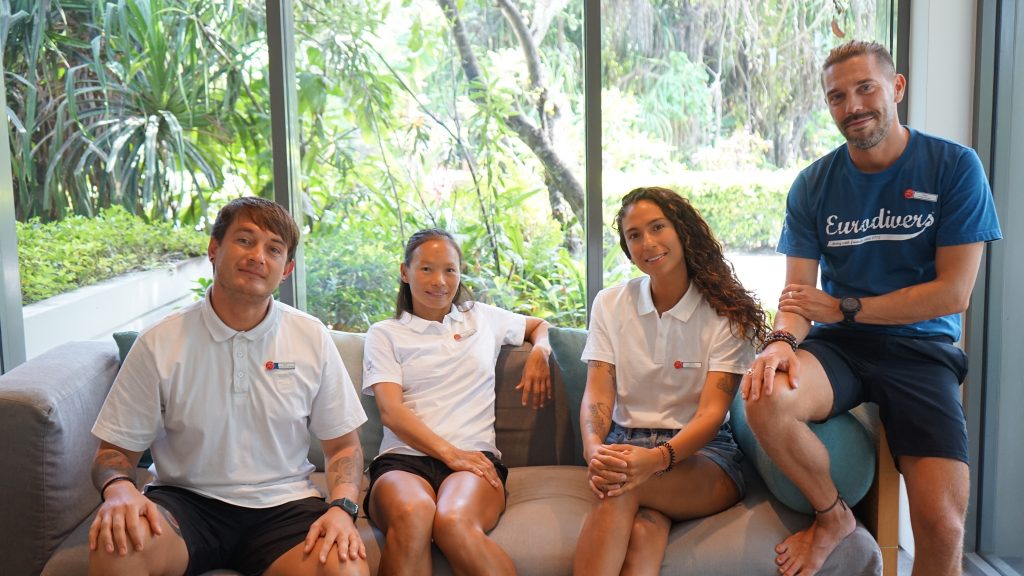
With their blend of international experience, scientific knowledge, and passion for marine conservation, the Euro-Divers team is perfectly placed to guide guests through unforgettable ocean adventures.
New and enriched offerings include enhanced eco-diving programs, guided marine biology sessions, tailored non-motorized watersports activities, and more beginner-friendly snorkel excursions with private guides, making the underwater world accessible to everyone.
Reflecting on what makes operating at Alila Kothaifaru Maldives in Raa Atoll so special, Igor shares, “The pristine reefs, rich biodiversity, and unique manta encounters make it a dream location. Every dive feels like a discovery, and sharing that with guests is incredibly rewarding.”
“Year after year, Alila Kothaifaru Maldives continues to deliver the experiences that make it a standout destination for ocean lovers,” says Thomas Weber, General Manager. “From awe-inspiring marine encounters to the guidance of our exceptional dive team, we are committed to inspiring discovery, adventure, and a lasting appreciation for the world beneath the surface.”
With manta season in full swing and spectacular wildlife sightings unfolding around the island, Alila Kothaifaru Maldives and its Euro-Divers team invite guests to discover the beauty and wonder of the Raa Atoll’s mesmerizing marine world.
-
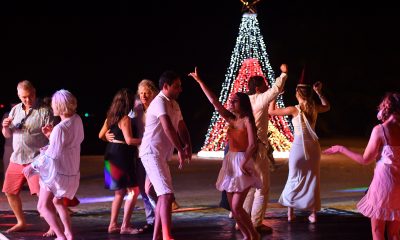
 News1 week ago
News1 week agoCinnamon Hotels & Resorts Maldives wraps Christmas celebrations, prepares NY 2026 line-up
-

 News1 week ago
News1 week agoHoliday Inn Resort Kandooma Maldives unveils week-long Orthodox Christmas celebrations
-
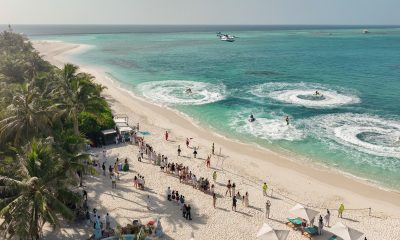
 News7 days ago
News7 days agoInterContinental Maldives Maamunagau rings in 2026 with ocean-inspired festive programme
-

 Drink7 days ago
Drink7 days agoHuvafen Maldives hosts exclusive Riedel Wine experience led by Maximilian J. Riedel
-
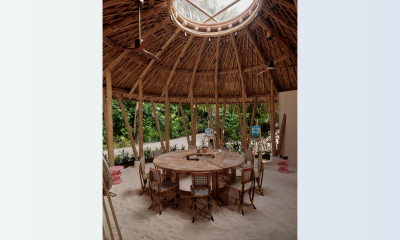
 News1 week ago
News1 week agoFinolhu unveils ‘A Year in Colour’ with global artist residencies in 2026
-
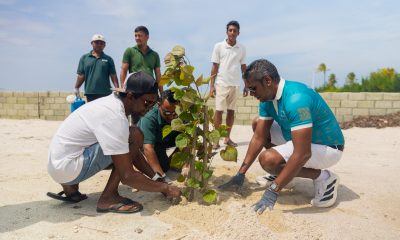
 News1 week ago
News1 week agoSun Siyam Olhuveli marks end of 2025 with sustainability-led programmes
-

 News1 week ago
News1 week agoSun Siyam Vilu Reef brings ‘Ocean Odyssey’ to life this festive season
-
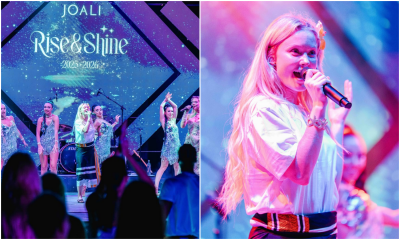
 News5 days ago
News5 days agoZara Larsson brings pop and tradition together at JOALI Maldives New Year event









